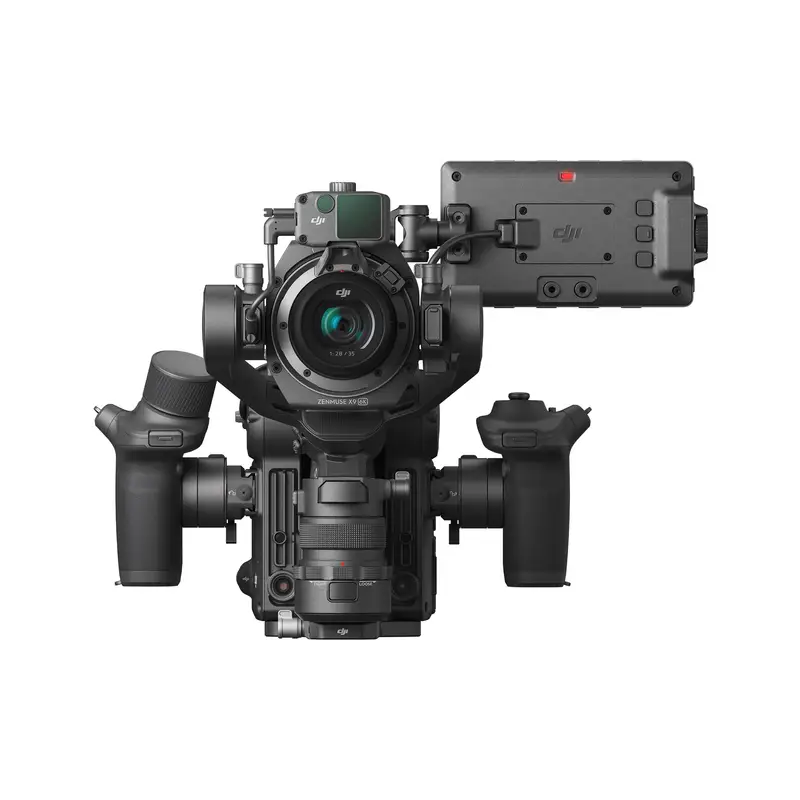
The DJI Ronin 4D
Just when you think you’ve seen everything in the world of cameras, a company like DJI comes out with the Ronin 4D. If a gimbal and a camera had a baby it would look like the 4D. It's essentially a high quality cinema camera with a built-in gimbal. The gimbal portion sticks out from the main body of the camera providing stabilization. Not only do you get the standard roll, pan, and tilt stabilization, you also get z-axis stabilization with the addition of a Steadicam style arm. That's why it's called 4D, because it has a fourth axis of stabilization.
Read the official news release: https://www.dji.com/newsroom/news/dji-ronin-4d
Sweet Specifications!
Here's a quick spec rundown of the DJI Ronin 4D features:
- 6K or 8K full frame sensor
- 4 axis gimbal stabilization
- interchangeable mount
- built in ND filters
- 5.5" touchscreen monitor
- Lidar focusing with tracking
- grips with pan/tilt/focus controls
- custom battery and SSD options
- ProRes HQ & Raw Video up to 6K60
- CFexpress Type B or SSD media
Over on the Z CAM E2 Facebook group some people were theorizing that the sensors in the Ronin 4D are the same 6K and 8K Sony sensors as found in the Z CAM E2-S6 and E2-F6. If so, that's good news because those are both great sensors! The specs for the 4D are slightly better than the Z CAM as far as max frame rates, so that's also a nice bonus.
The Details
Manually balancing this gimbal is just like other gimbals. It has flip levers to loosen the sliding parts and you just move the camera around until it balanced on the three axes. The z axis adjustment is made by a turning a screw on the top of the camera while an on-screen display provides feedback to let you know when it’s balanced. Due to the relatively small size of the gimbal, the range of lenses that can be mounted is quite limited. DJI sells a set of custom lenses purpose built for the native DL mount, but there are other mounts available - see the accessories section below.
The grips can be quickly attached and detached from the body and can also be quickly rotated with a thumb lever. They have multiple buttons for things like record trigger, exposure, peaking, autofocus, sport mode and re-center the gimbal. The left grip has the gimbal control joystick on top. The right grip has a cool rotary wheel on top that gives feedback based on what it's controlling. In focus mode it turns like you'd expect, but it also moves under its own power when autofocus is active. You can then interrupt its movement to hold or change the focus. When adjusting something like ISO or aperture it steps as though it has indented clicks. These are some very unique and useful features.
This gimbal-camera hybrid takes advantage of DJI's extensive experience with drone technology. It has sensors at the front and bottom which inform the z axis stabilizer. It's not just counteracting movement, it's sensing the amount of movement. The wireless transmitter boasts a whopping 20,000 foot transmission range, which is over three miles (approx. 6km). These are features that place them way ahead of the competition with a product that no one else has even thought of.
It doesn’t stop there. DJI has also added their Lidar technology to aid in auto focus. If you watch the YouTube videos linked below you’ll see DJI’s top down focus assist technology which gives you a visual indication of how far away your subject is. It truly is innovative. You can even override the auto focus and manually pull focus with the DJI focus wheel. The autofocus has tracking capability and it appears to work incredibly well.
Once you get past all of the obvious features of this new camera you can start talking about things like the sensor, codecs, and battery. There are already rumors on the internet suggesting that this camera has the same sensor as the Z CAM E2-F6 and the Panasonic S1H. Those cameras use a Sony sensor capable of 6K and frame rates up to 120 frames per second in 4K. The lens mount is proprietary to DJI but they have adapters for Sony E mount and Leica M.
One feature I find myself increasingly reliant on is high quality ND filters. The 4D has built in adjustable ND between the lens and sensor. This is something I expect to see in more cameras in the future. It avoids the issues of screw on ND filters and ensures the camera has good IR filtering to prevent discoloration of the image. Once you shoot with a system like this it’s hard to go back to screw on filters.
Codecs
The DJI Ronin 4D is one of the few cameras to record ProRes RAW without the assistance of an Atomos Ninja V. People often mistakenly think that companies like DJI avoid RED’s patent on compressed raw recording because it takes place on external media, but that’s just not true. RED’s patent covers compressed raw recording regardless of where or how it’s recorded. Most certainly DJI has a licensing agreement with RED just like Atomos does for its ProRes RAW enabled products.
Besides ProRes RAW the Ronin 4D can record in H.264 and ProRes 422.
YouTube Reviews
Unsurprisingly, there were a number of notable YouTubers with reviews ready to go on launch day. Here are some of my favorites.
Potato Jet made a great video that shows off most of its features in an easy to understand way.
Philip Bloom
Peter McKinnon
Matti Haapoja
Accessories
The camera is sold in a number of configurations. The $7,199 USD kit comes with everything needed to start shooting: handgrips, battery mount with battery and charger, the Lidar kit, ProSSD 1TB media drive, a top handle, base plate, and a carrying case. Step up to the $11,499 USD kit to get the 8K sensor. To further kit it out you could buy the wireless transmitter and monitor, the focus wheel, X9 focus motor, and 3-channel FIZ lens control unit.
Conclusion
DJI have truly given this system everything they could think of. As if to add a cherry on top the pricing is very competitive. I think they’ve set the bar pretty high for other manufacturers and I can’t wait to see how they respond.
Would you use a camera like this? Let me know your thoughts in the comments below.
25
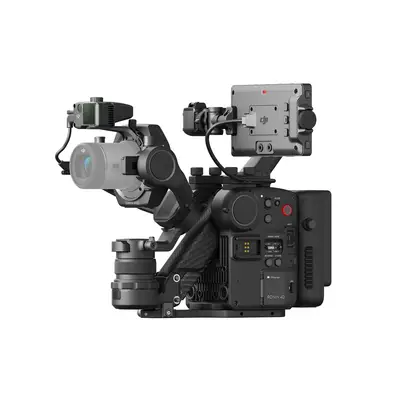
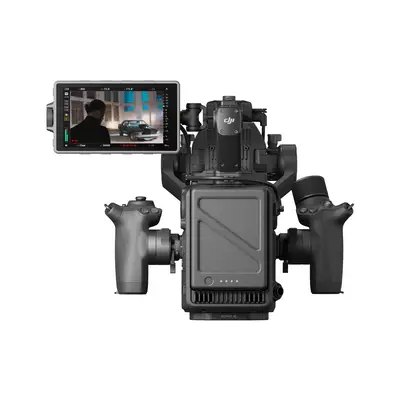



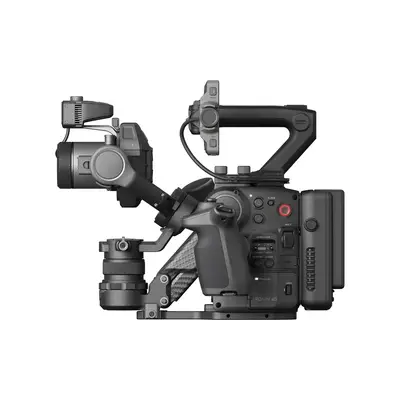
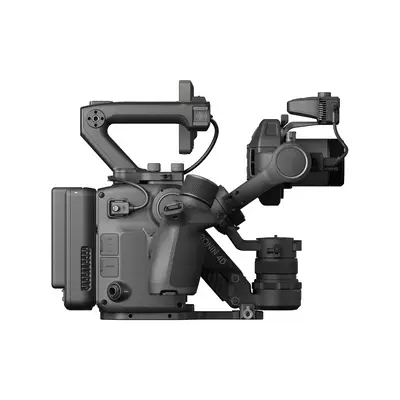
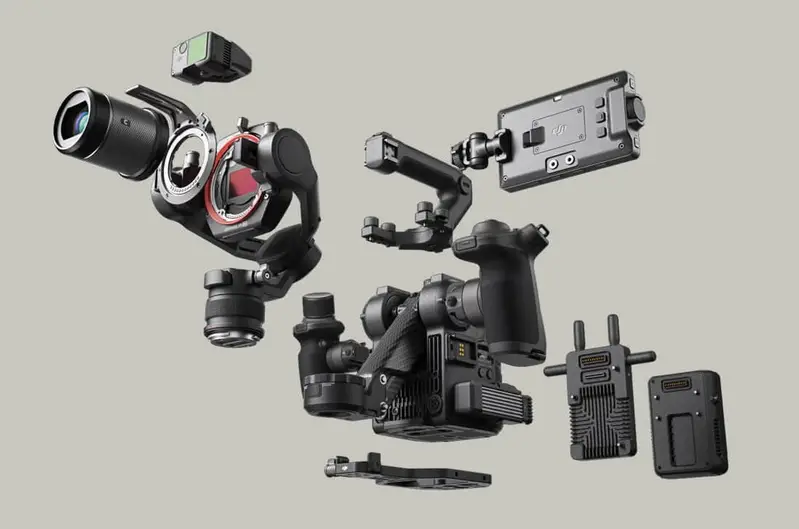

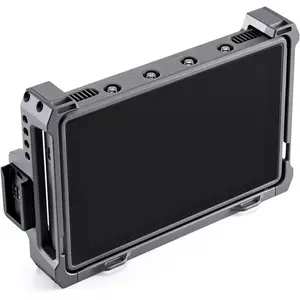
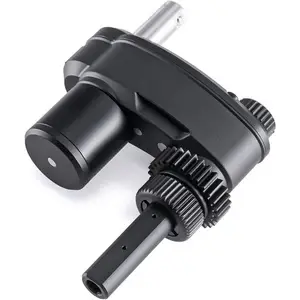

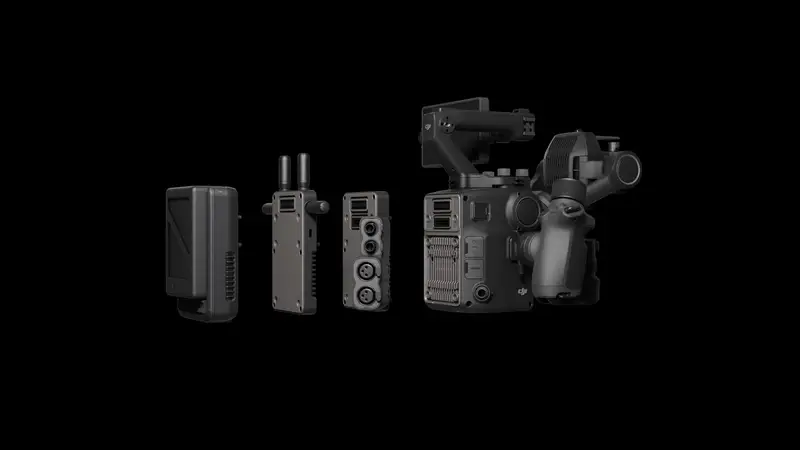
Comments